The national flag of Grenada is a striking and symbolic emblem that tells the story of the nation's history, culture, and natural wealth. Adopted in 1974 upon gaining independence from the United Kingdom, its design is a departure from the traditional tricolor flags of the region. The flag is a source of deep national pride, representing the nation's unique identity as the "Isle of Spice" and its people's unity and resilience.
A Detailed Look at the Flag's Design and Symbolism
The flag of Grenada features a rectangular design with a thick red border. The border is adorned with six yellow stars, three on the top and three on the bottom. The interior of the flag is divided into four triangles: two green triangles on the top and bottom, and two yellow triangles on the left and right. In the center of the flag, a red circle contains a seventh yellow star. A stylized nutmeg is placed within the green triangle on the hoist side (left).
Each color and element on the flag is deeply symbolic, reflecting the core principles of the Grenadian nation:
-
Red: The red border and central circle symbolize the passion, courage, and vitality of the Grenadian people. It represents the nation's bold pursuit of independence and its determination to remain free. It also serves as a reminder of the blood shed by the nation’s heroes in their fight for freedom.
-
Yellow: The yellow triangles and stars represent the sunshine and warmth of Grenada, the nation’s sunny climate and the friendliness of its people. It also symbolizes the nation's primary agricultural products, particularly nutmeg, and the wisdom and prosperity of the Grenadian people.
-
Green: The green triangles symbolize the lush, fertile land of Grenada, its abundant vegetation, and its rich agricultural heritage. It represents the nation's natural beauty and its commitment to environmental preservation.
-
The Seven Stars: The seven yellow stars on the flag represent the seven parishes of Grenada: St. George, St. John, St. Mark, St. Patrick, St. Andrew, St. David, and the Carriacou and Petite Martinique islands. The central star within the red circle represents the capital city, St. George's. This is a powerful symbol of the nation's unity and its equal status of all its constituent parts.
-
The Nutmeg: The stylized nutmeg on the hoist side of the flag is the most unique and recognizable symbol of Grenada. The island is known as the "Isle of Spice," and nutmeg is one of its most important exports. The nutmeg symbol represents the nation’s agricultural wealth and its status as one of the world's leading producers of this spice.
Dimensions and Proportions
The official flag of Grenada has a width-to-length ratio of 3:5. The design is meticulously planned, with the red border, the green and yellow triangles, and the central red circle all carefully proportioned to create a balanced and visually appealing emblem. The flag's unique design, with its non-traditional quadrants and bold borders, makes it instantly recognizable and a source of national pride.
The Genesis and Adoption of the Flag
The current flag of Grenada was officially adopted on February 7, 1974, the day the nation gained its independence from the United Kingdom. The flag was the result of a national design competition, which sought a symbol that would be uniquely Grenadian and would reflect the nation's new status as a sovereign state. The winning design was chosen for its comprehensive symbolism and its striking visual appeal. The flag was a definitive statement of Grenada's new identity and its aspirations for a prosperous future.
Meaning and Significance for Citizens
For the people of Grenada, the flag is a cherished emblem of their national identity. It is a symbol of their unity, resilience, and their rich cultural and natural heritage. The flag is proudly displayed on government buildings, schools, and homes, especially during national holidays such as Independence Day on February 7th.
The flag’s imagery, with its references to the island’s spices, its lush green hills, and its sunny climate, resonates deeply with the population, reinforcing their connection to their homeland. It is a powerful reminder of the values that unite them—their love for their country, their pride in their heritage, and their commitment to a peaceful and just society. For Grenadians living abroad, the flag is a tangible link to their roots and a source of deep-seated pride.
Interesting Facts
-
Grenada is one of the world's leading producers of nutmeg, and this is why the nutmeg symbol is so prominent on the flag.
-
The seven stars on the flag are a rare and unique feature, symbolizing the seven parishes of the country, including the sister islands of Carriacou and Petite Martinique.
-
The flag's designer, who remains largely unknown, created a unique design that is unlike any other national flag in the world, making it a truly original emblem.
-
The flag's colors are deeply significant, with each one telling a part of the nation's story, from its agricultural wealth to its people's spirit.
-
The flag is often referred to as the "national emblem" in Grenada, a testament to its importance in the national psyche.
The flag of Grenada is a masterpiece of symbolic design. Its colors and intricate emblems tell a comprehensive and moving story of a nation’s birth, its enduring values, and its unique place in the world. It is a powerful emblem of national identity, a reminder of its unique struggles, and a source of profound pride for all Grenadians.
In the demonstration images, full-size flags are shown with proportions of 2:3, and hand-held flags with proportions of 1:2.
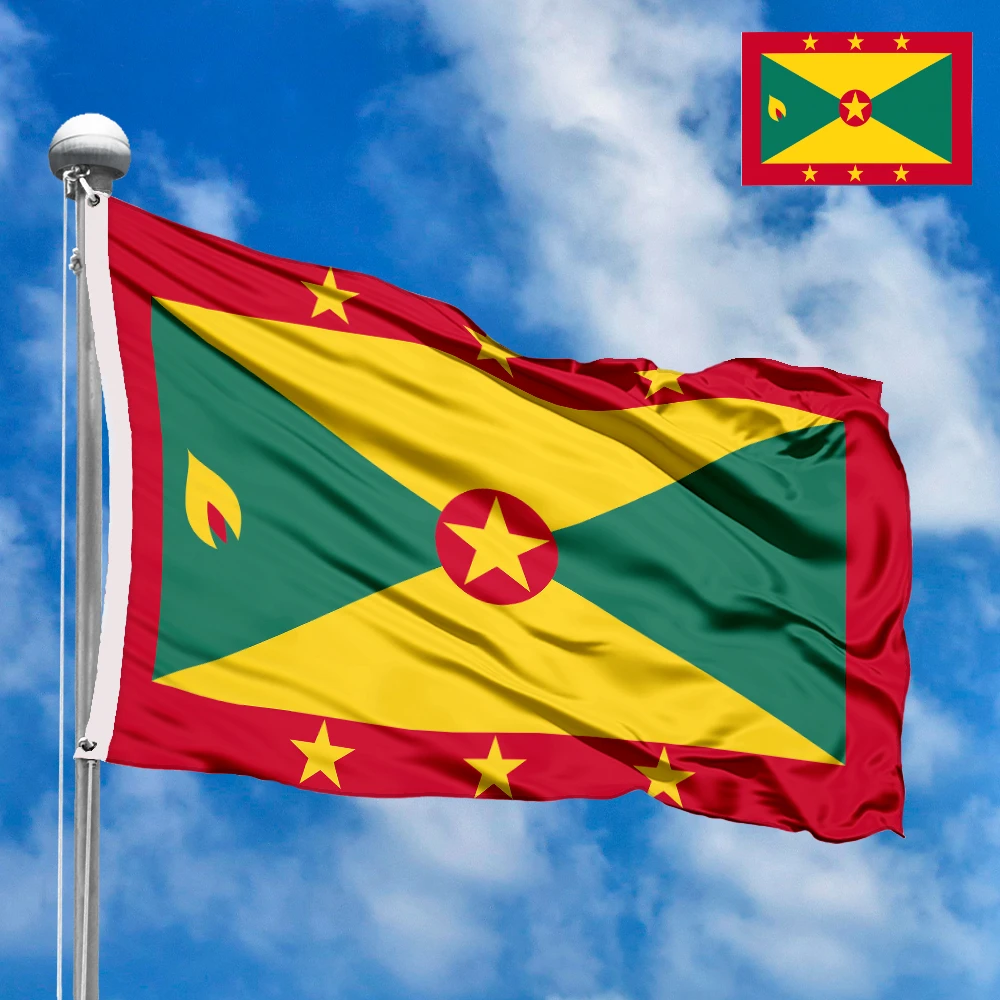

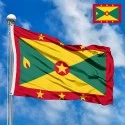
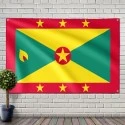
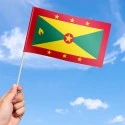
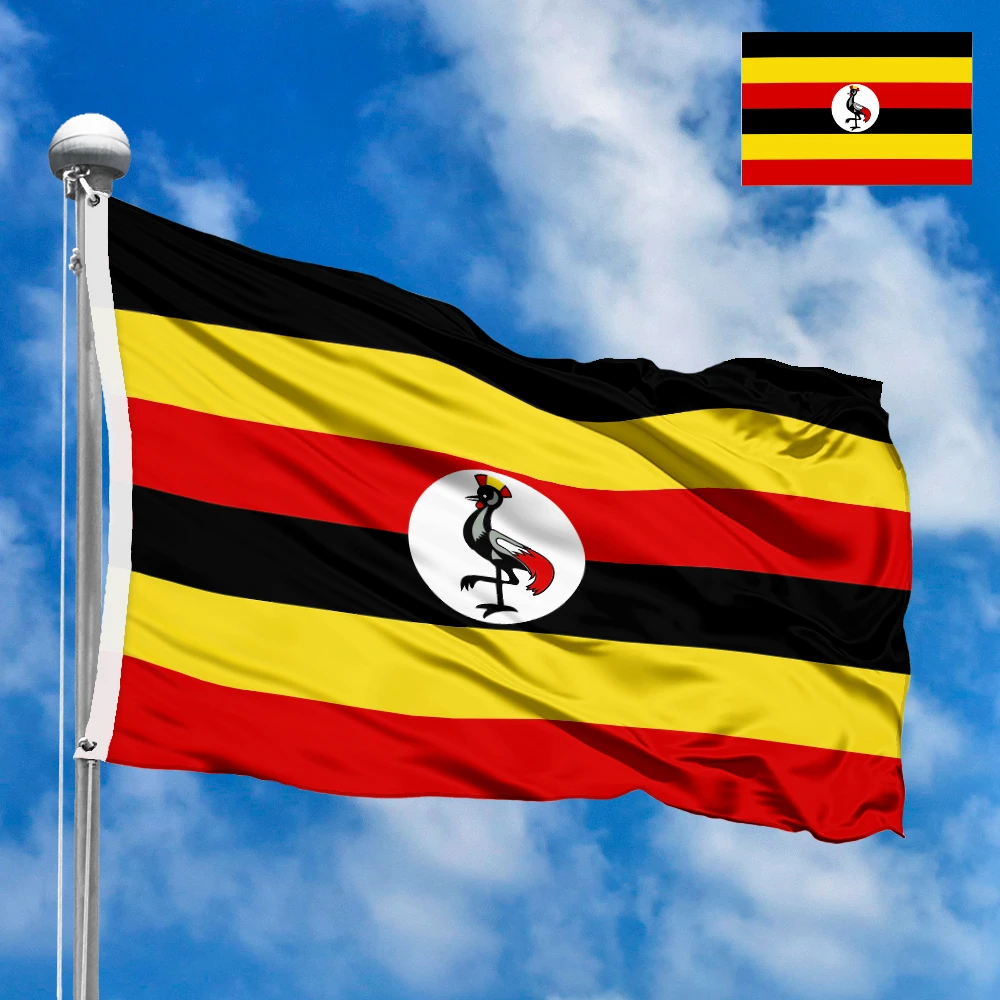

 Waving flag
Waving flag
 Sizes:
Sizes:
 Round flag
Round flag
 Sizes:
Sizes:
 Rectangular flag 2:3
Rectangular flag 2:3
 Sizes:
Sizes: